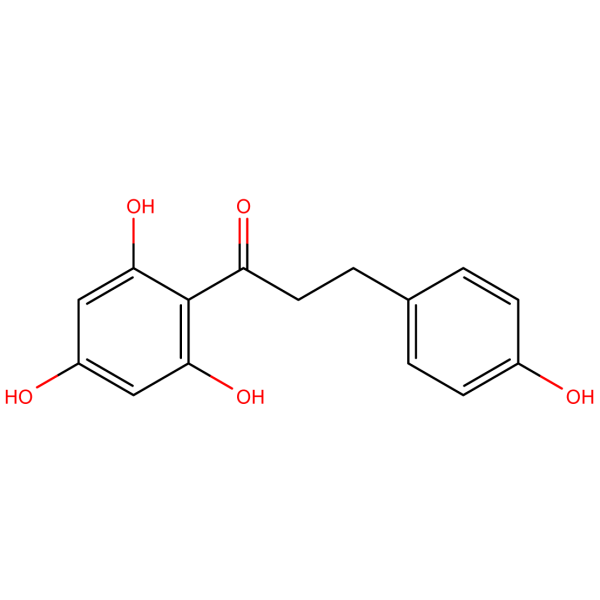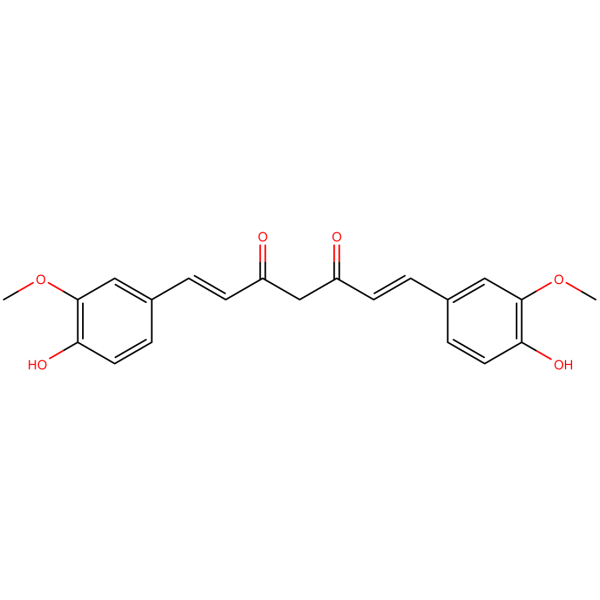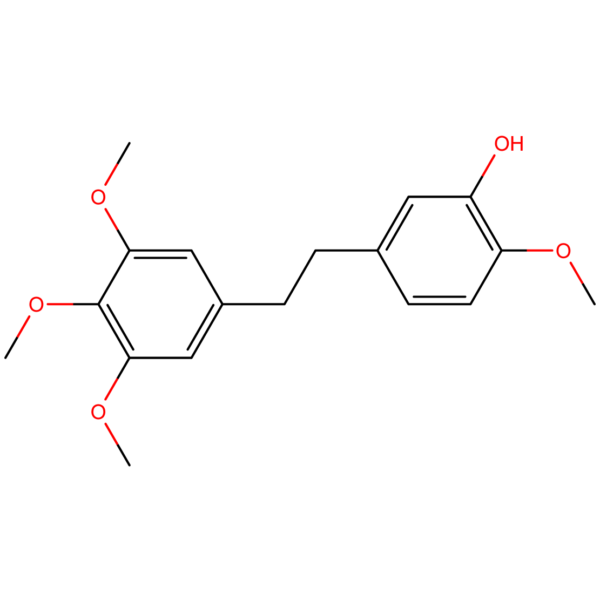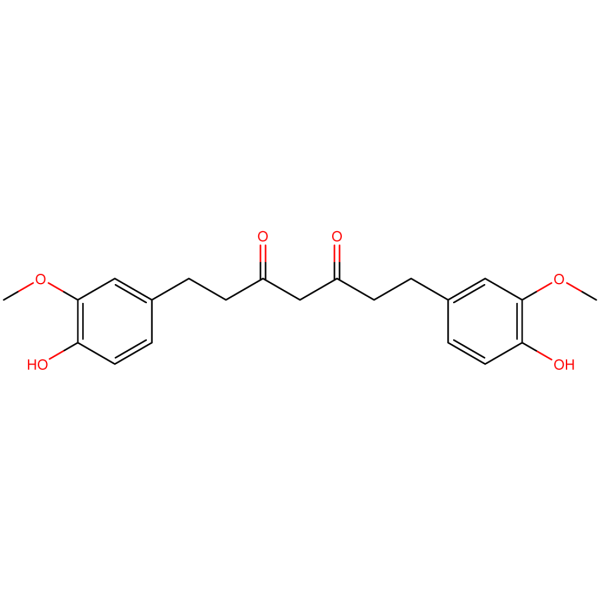Phenylpropanoids
What are Phenylpropanoids?
Phenylpropanoids are a class of compounds that contains phenyl derived moiety attached to a three-carbon chain. Covering a wide variety of compounds, phenylpropanoids exhibit a wide range of biological activity:
- antimicrobial
- anti-inflammation
- anti-cancer
- anti-diabetes
- kidney protective
- neuroprotective
- and more.
Structure and natural occurrence
Nature produces all of the possible phenylpropanoids from two amino acids – phenylalanine or tyrosine. Biosynthesis of phenylpropanoids begins with phenylalanine transformation into cinnamic acid, which is the basic structure of the C6 phenyl ring attached to the C3 carbon chain. Further biotransformations split into multiple possible pathways resulting in every other phenylpropanoid.
Phenylpropanoids can be sourced from a variety of plant-based foods like wheat, barley, oats, rye, cereal grains, rice, and more.
Due to its variable structure, phenylpropanoids can be categorized into several other subclasses discussed briefly below.
Hydroxycinnamic acids and their derivatives
Cinnamic acid is the first structure that nature creates when starting amino acids. However, enzymes presented in nature do not stop there. One of the simplest phenylpropanoids pathways for enzymes to modify is hydroxylation of 6 carbon atom aromatic rings. This yields various cinnamic acid derivatives like o-, m- and p- coumaric acids, caffeic acid, ferulic acid and many more.
Due to this hydroxyl group in the aromatic system, hydroxycinnamic acids are considered to be powerful antioxidants. Moreover, scientists have identified many more biological activities for these structures
Cinnamic aldehydes and alcohols (monolignols)
If the modifications of cinnamic acid and hydroxycinnamic acids take place at the carboxylic (acid) group e.g. reduction, it yields yet more subclasses – cinnamic aldehydes and monolignols. In this class, there are compounds like oumaryl alcohol, sinapyl alcohol and others.
Similar to others, these compounds exhibit high antioxidative potential with other activities as well.
Coumarins and flavonoids
Due to the unsaturated nature of cinnamic acid and its derivatives, the 3 carbon chains in these compounds can cyclize together with the 6 carbon aromatic system via the oxygen atom creating bicyclic systems. The simplest of these derivatives are coumarins, where o-coumaric acid creates a lactone system.
More complicated modifications of cinnamic acid can yield flavonoids – also a bicyclic system where the carbonyl group has shifted to the C1 position.
These compounds act as an attraction to pollinators, serving as a signalling molecule, and most importantly, a natural antioxidant.
More flavonoid type derivatives can be found in our store.
Stilbenoids
More complex modifications of the enzymes responsible for flavonoid formation can also yield stilbenes – compounds where two aromatic systems are linked via a modified 3 carbon chain from cinnamic acid.
Stilbenes, like other compounds from the phenylpropanoid class, are highly antioxidative.
In conclusion
As we can see, phenylpropanoids cover a wide variety of subclasses and compounds. Due to such variety, their biological activity profile is also incredibly broad, mainly consisting of antioxidative potential, but also antimicrobial, anticancer, antidiabetic and many more for researchers to explore.
For your convenience, we have prepared several compounds to order for your research in our store.








